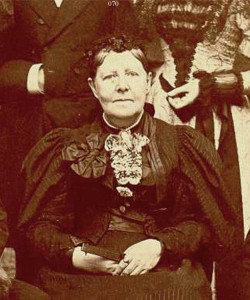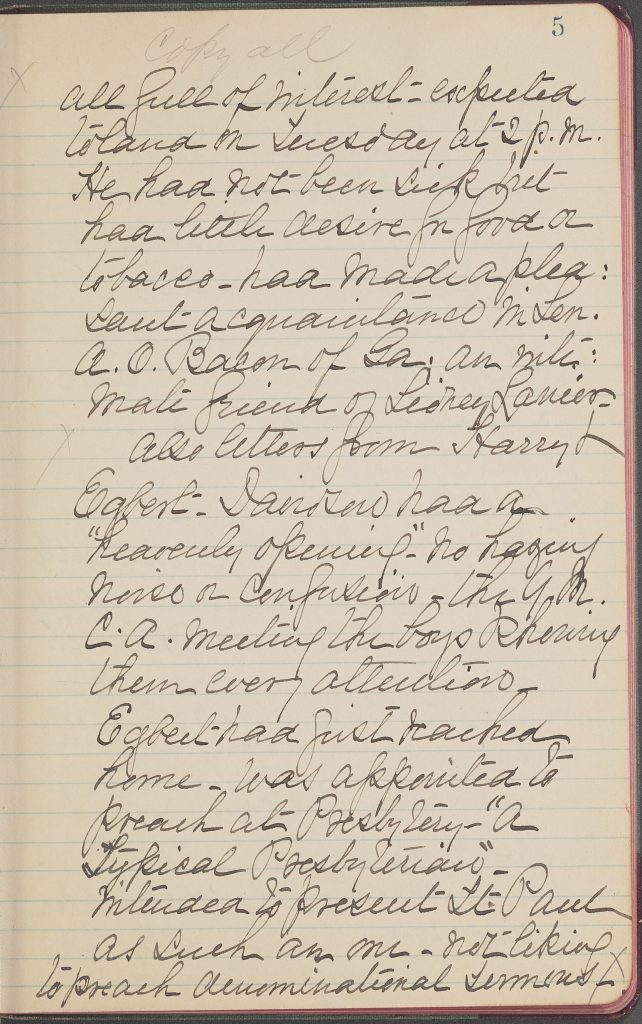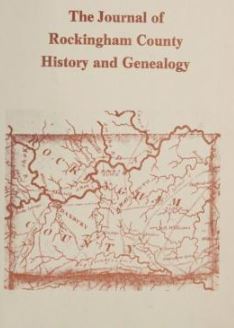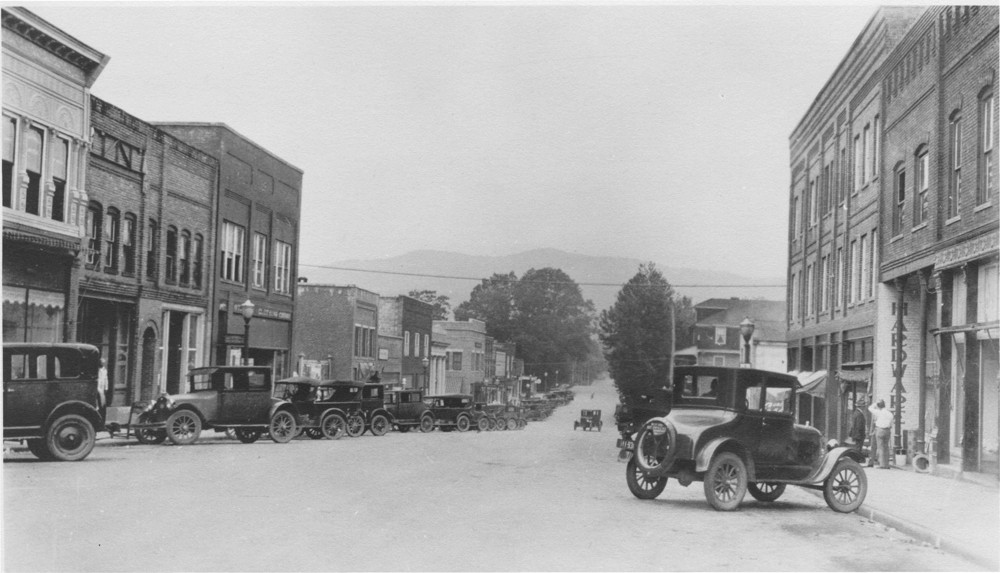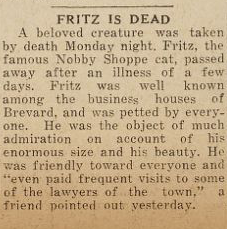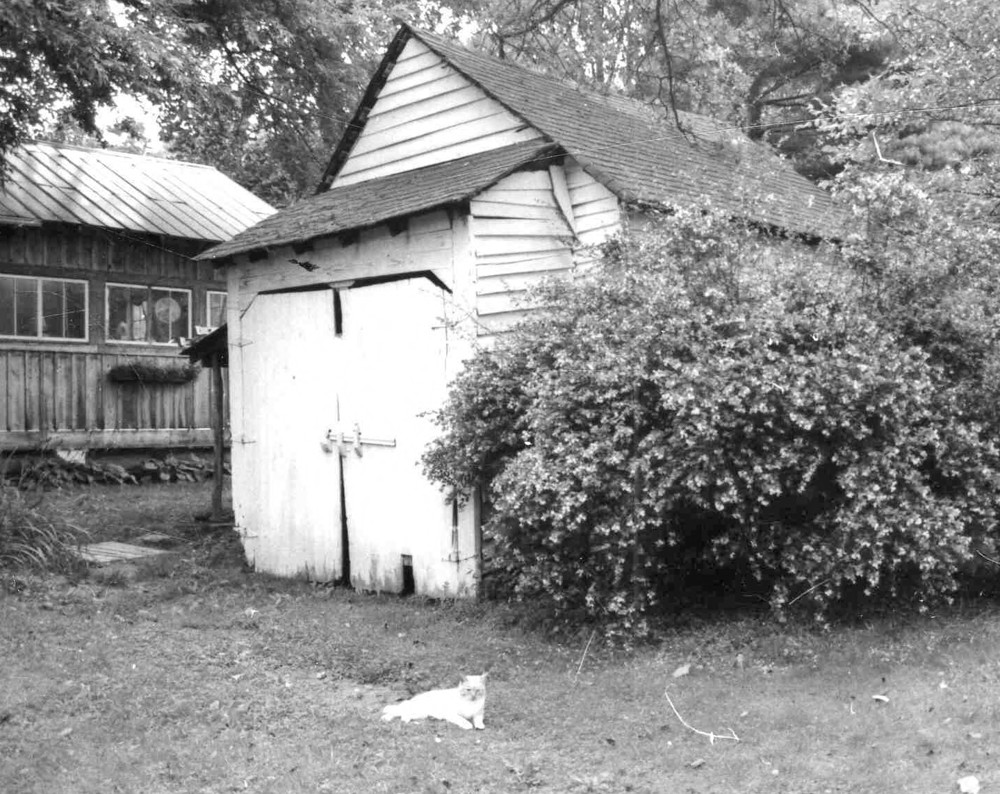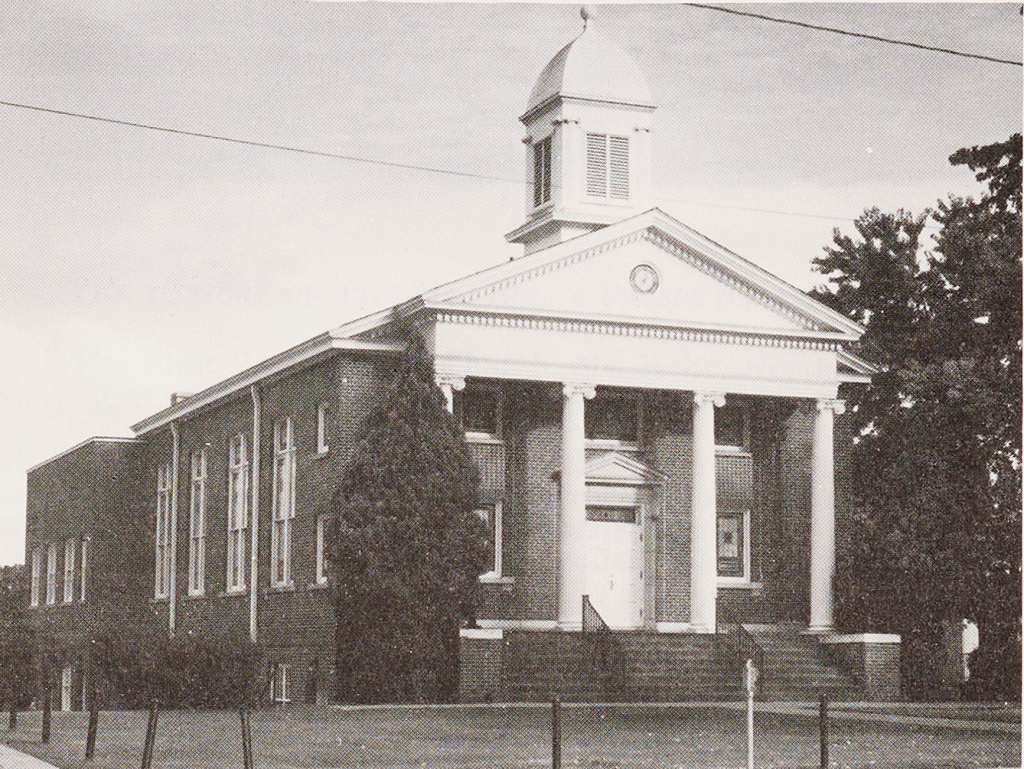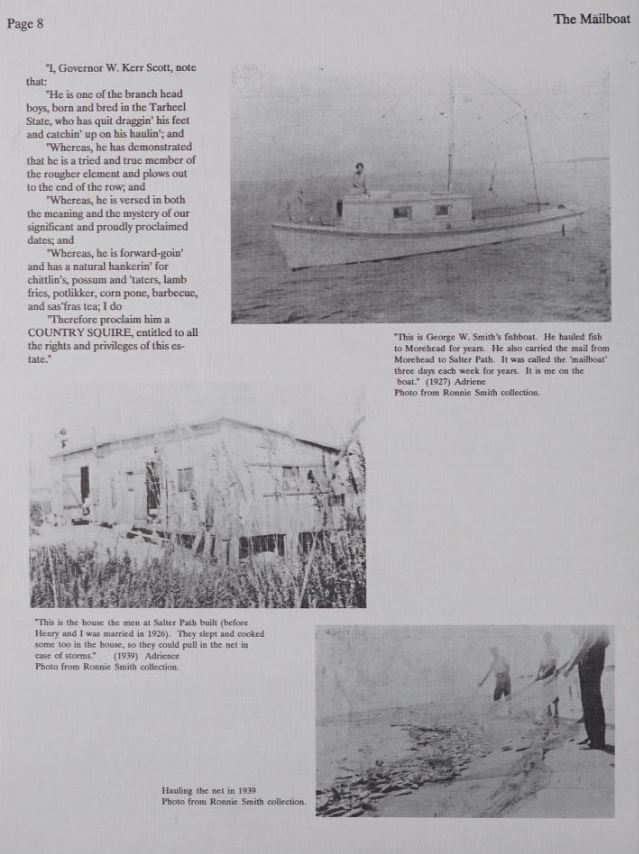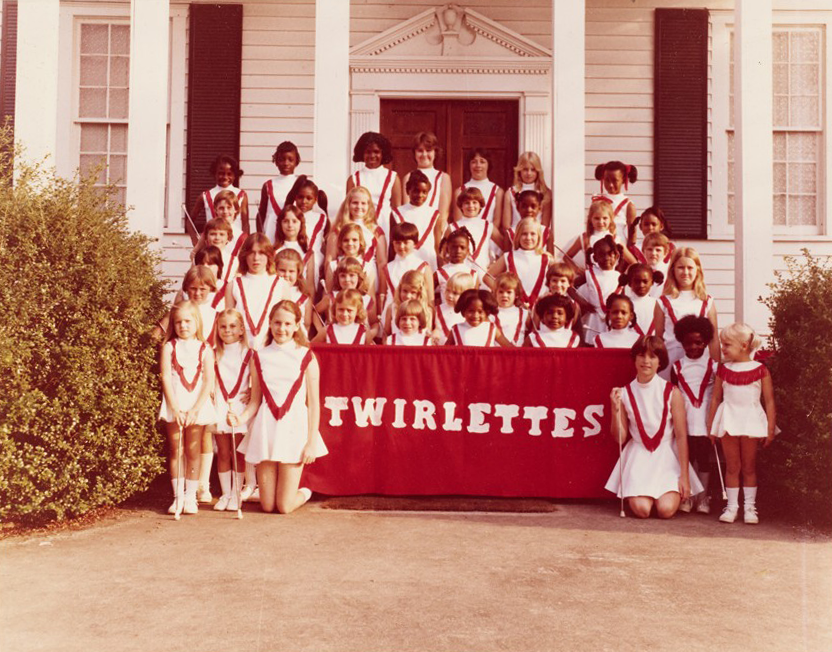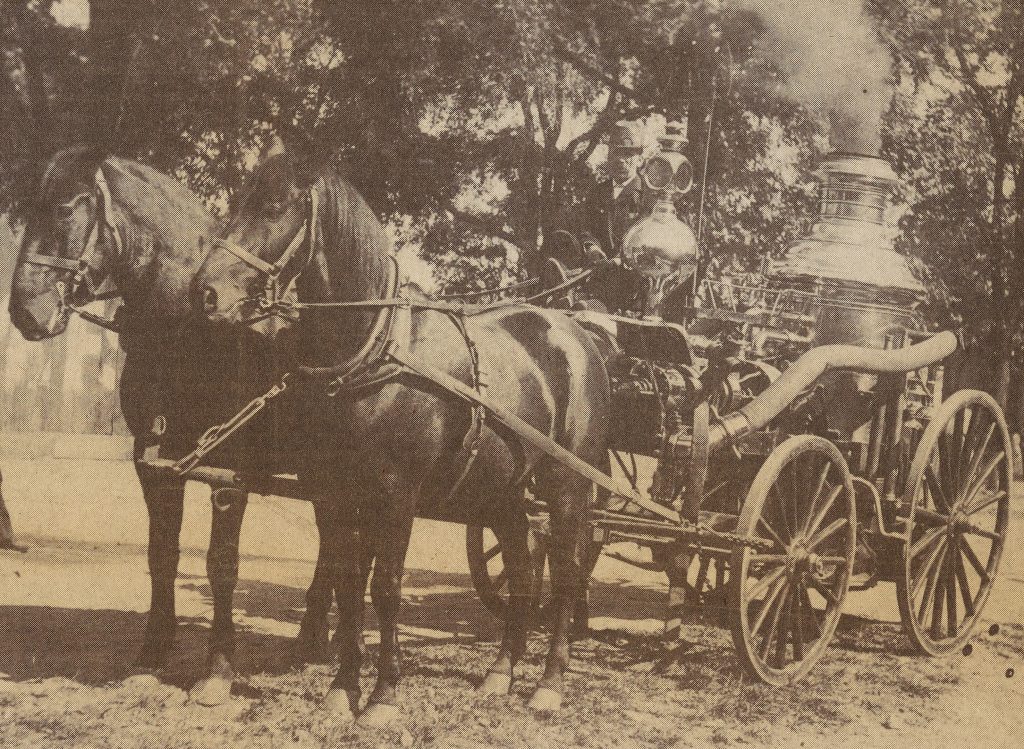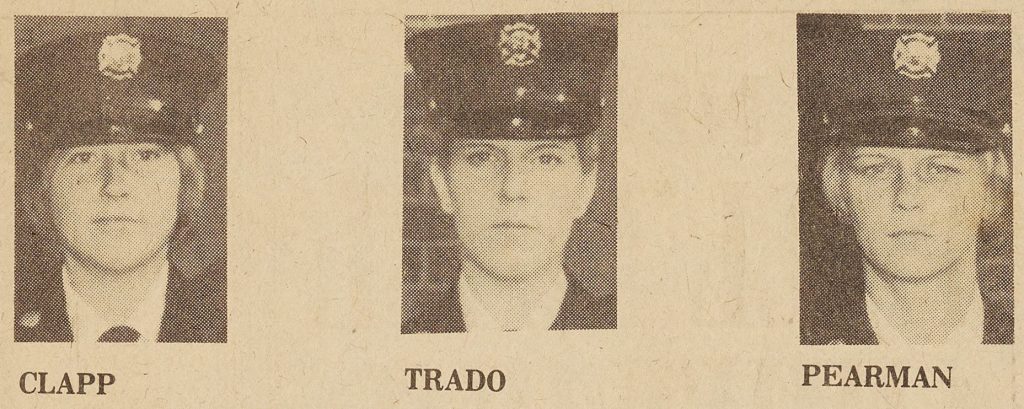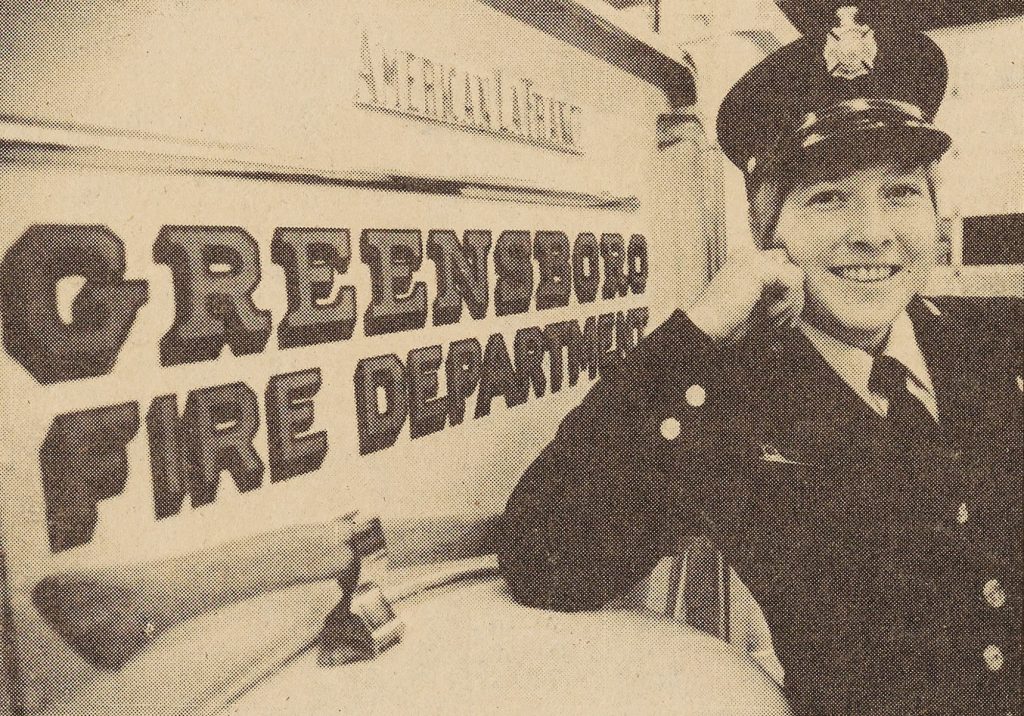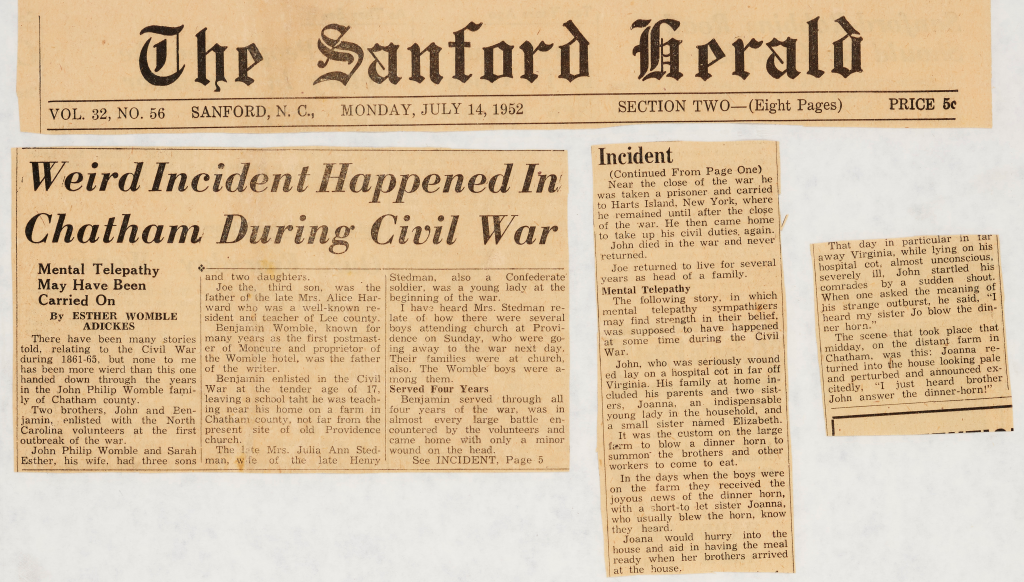Thanks to our partner, Greensboro Firefighters History Book Committee, a batch of over 100 records documenting the history of firefighters in Greensboro are now available on our website. The materials in this batch include photographs, scrapbooks, issues of the City of Greensboro’s City Beat, and much more. Utilizing the various materials in this batch specifically, one is able to uncover the history of “firewomen” in the Greensboro Fire Department.
Prior to 1884, fire protection in the City of Greensboro was dismal. Although a fire protection became law in the city in 1833, there was no guaranteed protection from fire. Improvements in fire protection only came after devastating fires such as one in 1849 that nearly ended the business community and in 1872 that destroyed a large portion of the city. After the 1872 fire, a second volunteer fire company was created and equipped with a chemical engine. While they had a chemical engine, the company had not been equipped with horses. This meant that the firefighters had to pull the engine to fires by hand on the City’s unpaved streets.
The Greensboro Fire Department began as a volunteer organization in 1884 after Harper J. Elam, future founder of the Greensboro Record, noticed the city’s lack of fire protection relative to his former home city, Charlotte. In an effort to upgrade the firefighting capabilities of the city, Elam put out a call of duty for firefighters. A group composed of around 100 white business and younger men answered the call, forming Steam Fire Engine Company No. 1 which was located at what was formerly known as 108 West Gaston Street.
Circa 1889, a Black volunteer fire company known as Excelsior Hose Company No. 2 was formed. Located at the City Market, the company was “well equipped with jumper, uniforms and other equipments” and always gave “good and satisfactory service in conjunction with the other companies for the city’s protection.” While segregated companies may have fought fires alongside each other at times, it was not until 1961 that the city’s fire department was integrated.
The earliest mention of “firewomen” in this batch comes from 1974. In August 1974, Fire Chief G. C. “Buck” Wuchae responds to an article for the paper stating he is not opposed to women joining the fire department nor should they fear being discriminated against by his office. The article’s writer seems to feel differently, asking the chief “But what if a woman meeting the requirements was hired and successfully completed the training—what would the fire department do with her?” Wuchae simple responds, “We would have to make some arrangements.” However, it is not until four years later, in 1978, under Greensboro Fire Chief R. L. Powell that the department actively began to recruit “firewomen.”
On October 2, 1978, after 129 years, Dee Ann Clapp, Melanie Trado, and Sandra K. Pearman became the Greensboro Fire Department’s first women firefighters after completing a 13-week training class with other trainees. Fire Chief Powell states his satisfaction with the success of their training stating, “I have no doubt at all that they (the women) are now ready to operate out of our fire stations and do the job well” and that one of the women was one of the top in the class. Clapp, Trado and Pearman were assigned to separate platoons at Station 8. In 1984, six years after joining the Greensboro Fire Department, Dee Ann Clapp makes history again as the first woman to receive the State of North Carolina’s “Outstanding Young Firefighter” award.
Information about the early history of the Greensboro Fire Department was compiled from the May 3, 1899 issue of The Greensboro Patriot, The History of the Greensboro Fire Department page, and newspaper clippings from this batch.
To view more materials from the Greensboro Firefighters History Book Committee, please visit their contributor page linked here.
To learn more about the Greensboro Firefighters History Book Committee, please visit their website linked here.
To view more newspapers from across North Carolina, please view our North Carolina Newspapers collection linked here.
